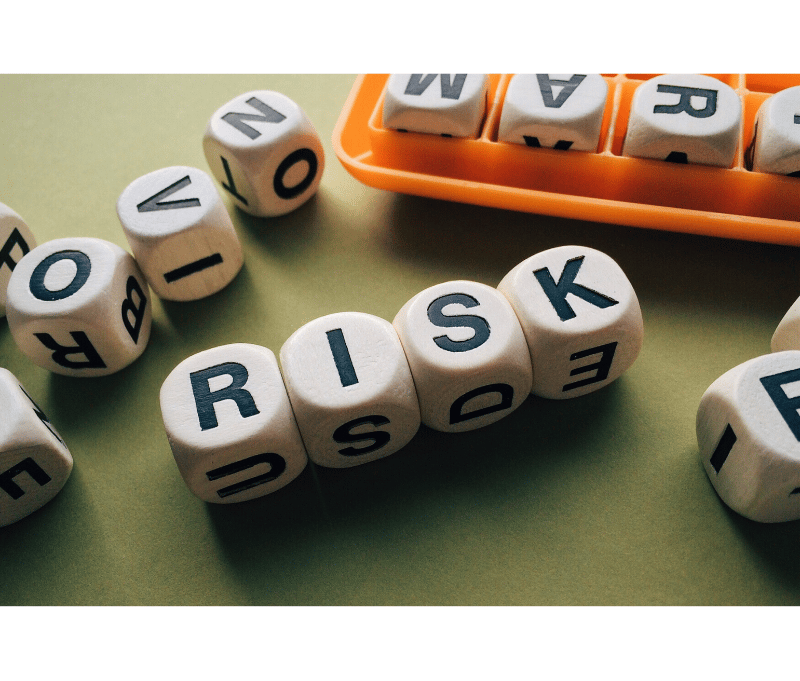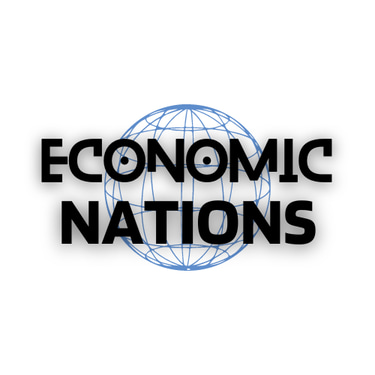Climate Risk as Material Risk: Redefining Banking's Future Landscape
ECONOMIC VISION
3/16/20243 min read


Risk management is at the core of banking. But, given the nature and intensity of the climate risk, it is reshaping the essence of risk management in the banking.
Usually it has been a distant concern, but now squarely falls within the ambit of material risk. It is now compelling banks worldwide to recalibrate their operational and strategic frameworks. This newfound approach reflects a deeper understanding of climate change's multifaceted impacts, not only on the natural environment but also on the financial sector's stability and resilience.
Deciphering Climate Risk as a Material Risk
Generally, material risk was considered when a bank's financial standing was affected due to loss of financial opportunities. But, in the changed scenario climate risk commands inclusion in this category due to its dual facets - physical risks arising from extreme weather events and transitional risks stemming from the global economy's shift towards sustainability. Acting on the financial ramifications of climate change events and the sustainability transition is prompting banks to weave climate considerations into their risk assessment and management practices.
The Evolution of Regulatory Perspectives
After new found realization of climate risks as material risks, the global regulatory framework has swiftly adapted to the emerging challenges posed by climate risks. Programs and actions such as the Task Force on Climate-related Financial Disclosures (TCFD) have pioneered the push for transparency in how financial institutions assess and disclose climate risks. Regulatory bodies across the globe have recognized the benefits of integrating climate risk into the banking sector's regulatory oversight. Such as the proactive measures taken by institutions like the Reserve Bank of India (RBI). The RBI has mandated the incorporation of climate risk considerations into the operational ethos of Indian banks. It is the way to fortify the financial sector against climate-related vulnerabilities.
Strategic Innovations in Climate Risk Management
The response to climate risk has introduced a wave of strategic innovations within the banking sector. Advanced analytical models that factor in climate scenarios are being employed. It gauges potential impacts on asset portfolios. Also, the banking sector witnessing a surge in green financing initiatives, with banks channeling substantial investments into renewable energy projects and sustainability linked financial instruments. Such shifts underscore the sector's alignment with broader sustainability goals. It is in line with the regulatory frameworks that encourage eco-friendly investments.
The Complexities of Climate Risk Integration
Though there are significant advancements, but integrating climate risks into a bank's material risk framework presents a number of challenges. These challenges are notable in data acquisition and risk modeling. It is also necessary to continuously innovate in risk assessment methodologies and tools. But, as they say, every challenge is an opportunity, they also offer ray of hope to lead in the development of robust, sustainable financial practices in the banking sector. In this scenario, collaboration among banks, regulators, and international bodies is crucial in taking advantage of technological advancements and regulatory insights. Such endeavors fortify the financial system against climate risks.
The Critical Role of Banks and Regulatory Bodies Moving Forward
If and when the banking sector fully integrates climate risk as a material risk into its framework, it will be pivotal in shaping the global response to climate change. The ability of banking institutions to innovate, adapt, and lead in this domain will certainly enhance their resilience. As well as it will contribute significantly to the global sustainability agenda. Adopting technological advancements, regulatory guidance and international cooperation is paramount in fostering sustainable financial practices.
In conclusion, the integration of climate risk into a material risk is a transformative shift in global banking. It introduces an era where financial stability and environmental sustainability are interlinked. In this way, the banking sector can also play a significant role in climate action goals.


The Economy Council
PIC COURTESY:AI
Who We Are:
The Economic Nations champions global unity through economic collaboration, focusing on sustainable growth, reducing inequalities, and enhancing global relationships for mutual prosperity and peace.
PIC COURTESY: CANVA
Contacts
enquiry@economicnations.org
(xx) 98-11-937-xxx (On verification)
